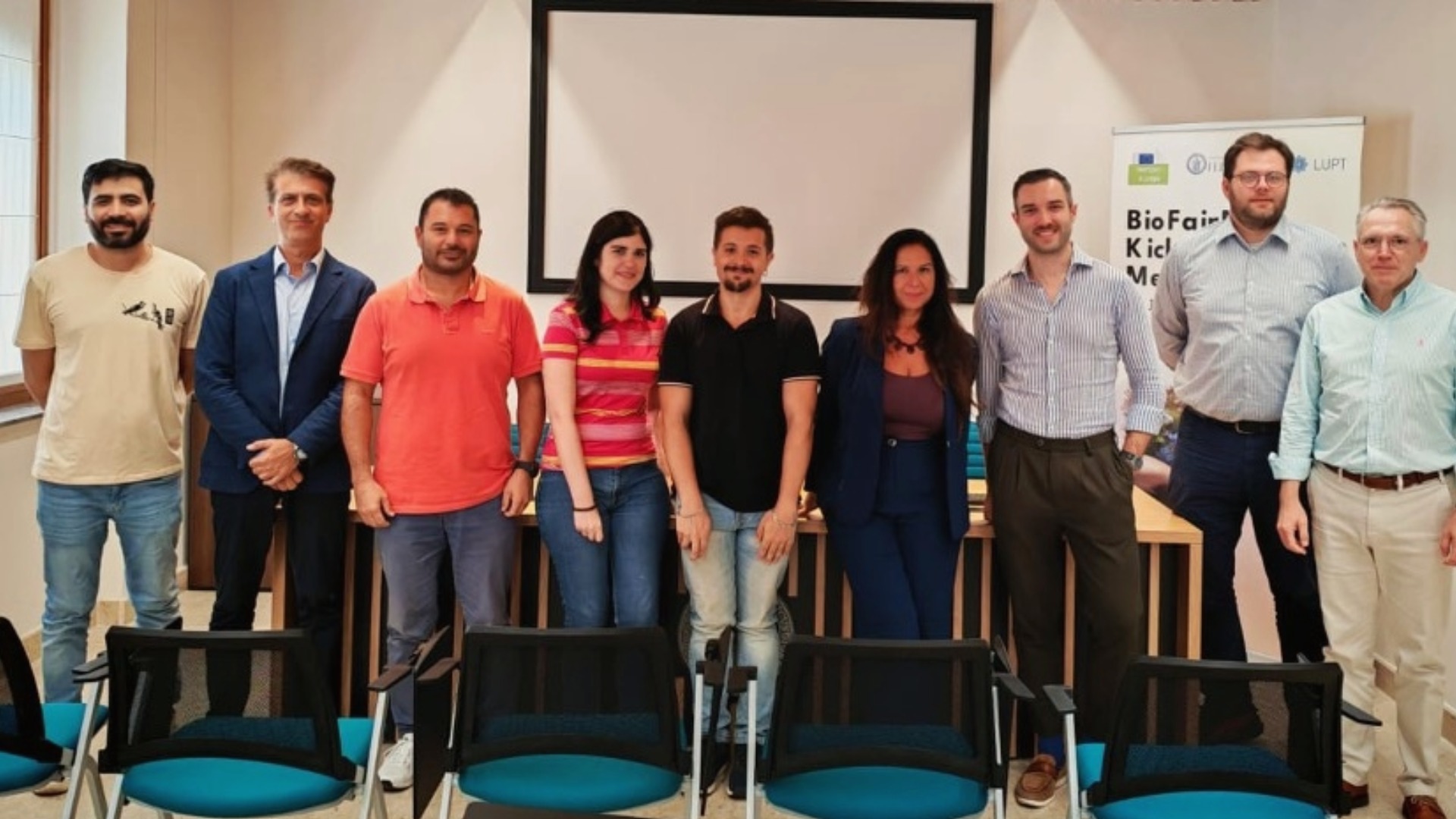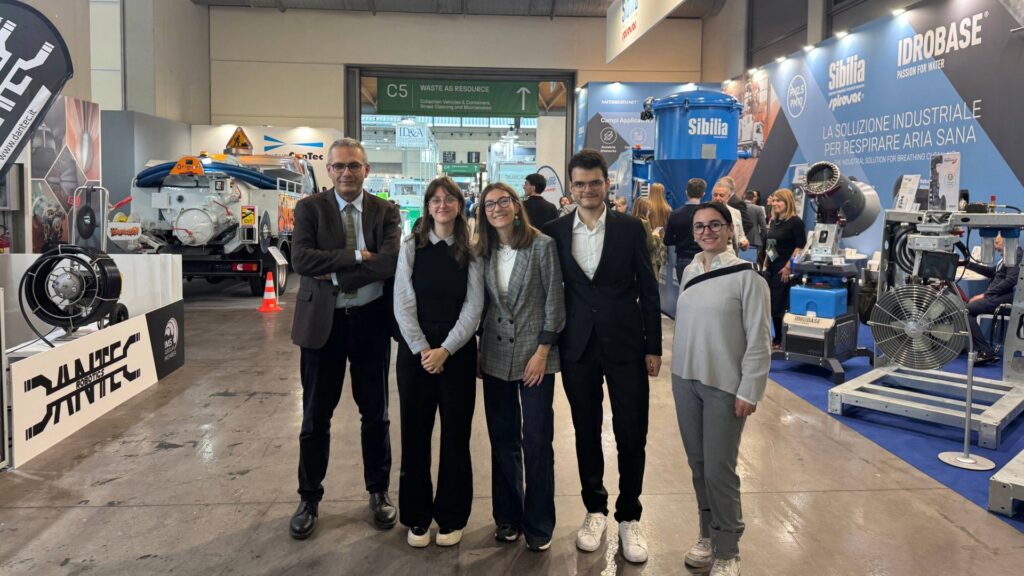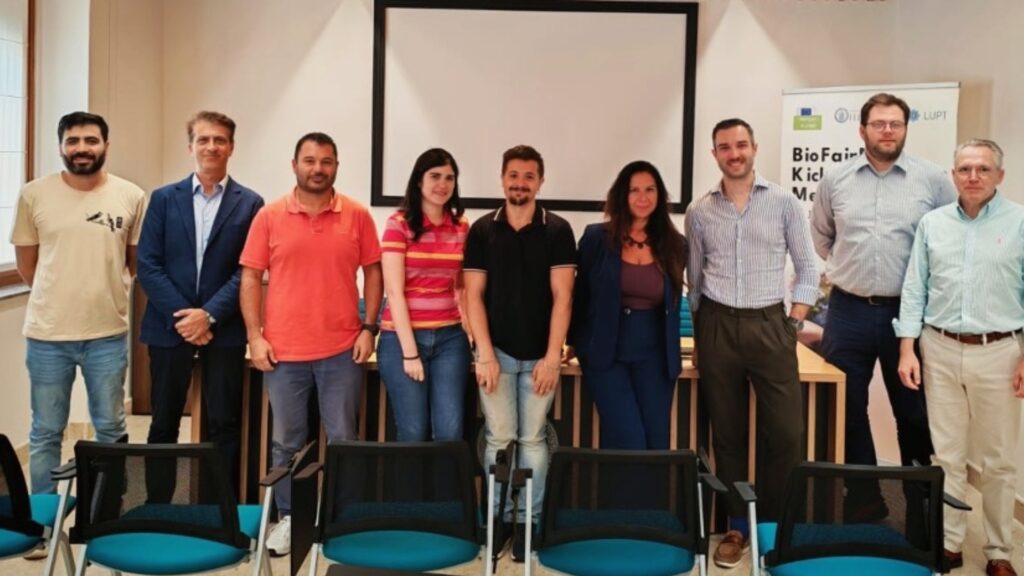On Thursday, 25 September, and Friday, 26 September, on-site meetings took place in Naples as part of the BioFairNet project. Project partners from Satec from Spain and the University of Bayreuth from Germany travelled to Naples for this important and intensive exchange – other project partners joined digitally as needed. The presence of various professions, coupled with a pleasant and personal atmosphere, led to intensive conversations and productive discussions that addressed open questions and brought urgently needed answers to light.
There were three working sessions in total:
WP1 and WP3:
At the beginning of this first meeting, the work of the past few months was summarised – essentially, the WP3 engineers presented the current architectural design of the platform to the WP1 representatives. This led to a better understanding on both sides regarding user requirements and the technical possibilities of the digital ecosystem to be developed. In particular, the topic of how indicators can be designed to ensure a certain degree of real-world interaction in conjunction with targeted hotspot selection was discussed in detail. After a break, there was a demonstration of how research data can be collected, analysed and published on the Zenodo platform using a pipeline. This demonstration provides the basis for the “BioFairNet Zenodo Guidelines”, which will be drafted in the coming weeks and published as a guide.
WP3 and the Pilots (WP4 & WP5):
Since the involvement of the application partners and their test facilities is critical to the success of the BioFairNet project, a dedicated meeting was scheduled to bring all participants up to date. Representatives of the pilots therefore attended a hybrid meeting with WP3 and presented the state of the art in terms of data integration at their facilities and their status. Follow-up meetings were planned, in particular the integration of the test facility in Athens in January 2026.
WP3 intern:
On Friday, partners Satec and the University of Bayreuth met to discuss the results of the previous day and plan the next steps leading up to the first milestone of WP3. They discussed in detail user integration and the associated generation of added value in terms of co-creation and collaboration in flexible architectural design, as well as the scope of a yellow paper.



